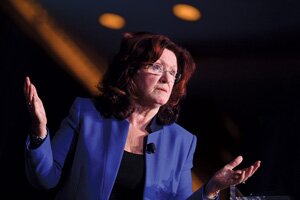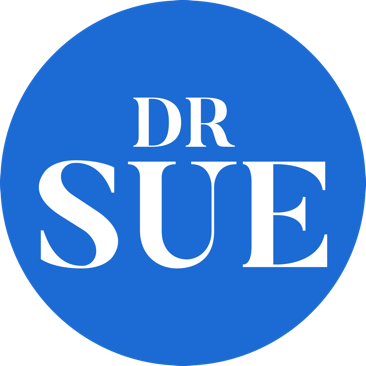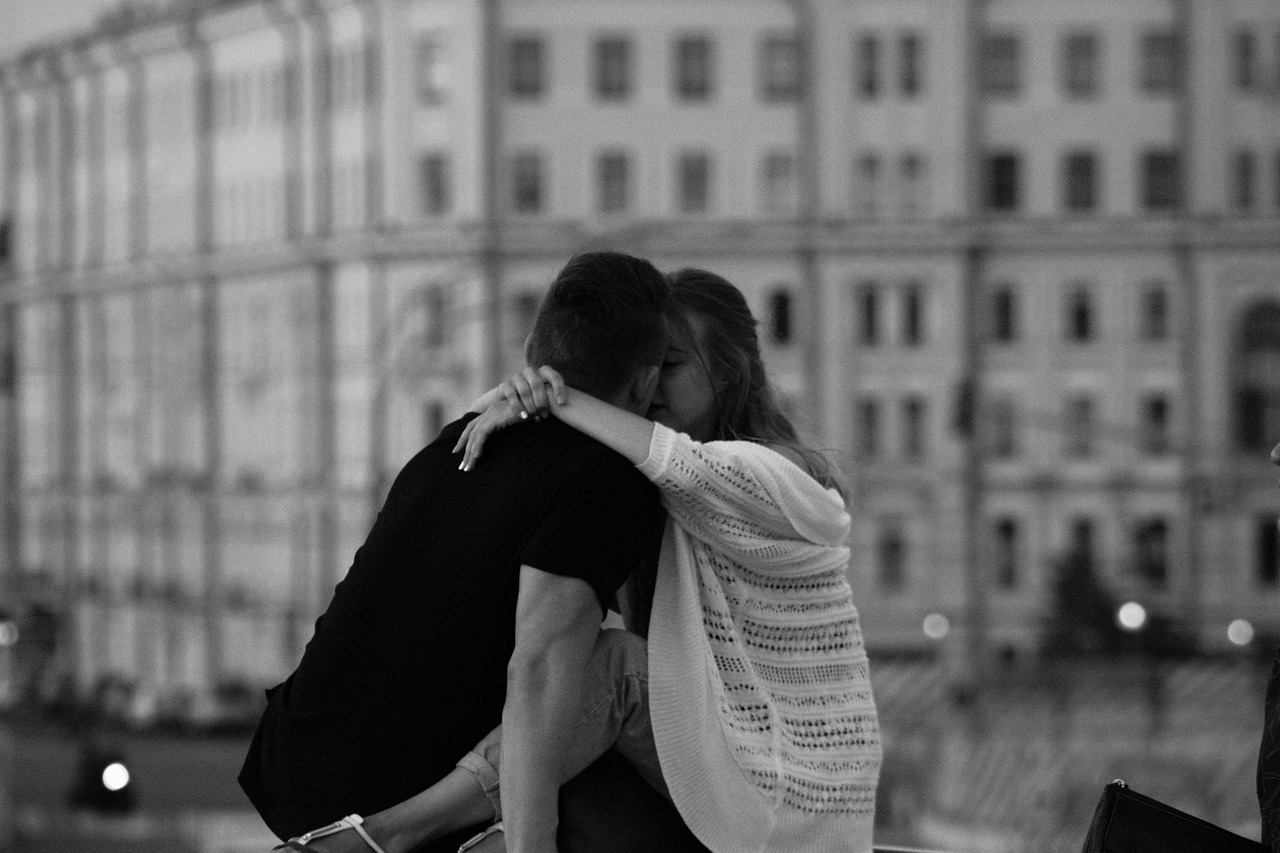Our stories about love are more than a little crazy.
Romeo and Juliet is not a love story—it’s a three-day relationship between a 13- and a 17-year-old. It’s a story of infatuation, which is a word derived from fatuous, or “inanely foolish.”
Gone with the Wind is not a love story—it’s about a woman who can’t make up her mind, and when she does, it’s too late: her lover buzzes off!
In psychology, our stories are even worse. They’re all about companionate love being the place where lust goes to die, or about how we lose the self in love. In other words, they seem to be mostly about how love limits us and gets in the way of our freedom and independence.
More and more couples are seeking out therapists to try to repair their relationship, but what story do we give them? How do we repair what we don’t understand, really understand? It’s time to use a different story for our own love lives, and for how we frame love for our clients through interventions.
This story is called the science of attachment, and it’s a tale of how we struggle with our vulnerability, a tale of trauma and how emotional isolation is poison for a human being. It’s about how we grow into who we are and habitually engage with the world. It’s a great tale: ancient, timeless, bred in the bone, integrating inner self and social interaction. After all, the self is a process, constantly constructed in key interactions with those closest to you.
The story goes something like this: about 50 years ago, an English psychologist named John Bowlby asked moms to bring their kids into his lab, leave them in a room with him for three minutes, and then return. In doing this, he found a way into the drama of longing and loneliness—of human attachment—the same one you [therapists] see in your offices all the time. All the kids got upset when Mom left, and all responded to her when she came back, but in three different ways.
Some reached for their mom, sending clear emotional cues, and then calmed down into emotional balance when Mom comforted them. Some — the more anxious kids — started freaking out and clinging, sending confusing, often angry, cues and never calming down. And some kids stayed distant and distracted, sending no cues of distress, never reaching out, but showing signs of quiet agitation.
Bowlby found that patterns in this drama between child and parent created a set point in kids’ nervous systems, and these patterns seemed to predict key ways of dealing with emotions and behaviors way into the future. It’s as if the kids were asking: “Are you there for me when I’m vulnerable, or am I alone in the world?” The balanced kids could reach out and receive care, and they were healthier, more trusting of their own take on reality and ability to deal with stress. Their moms were engaged with them, more emotionally present. Indeed, emotional accessibility, responsiveness, and engagement are the three key elements that define a loving bond, in any love relationship, no matter what your age.
Bowlby concluded that in this universal drama of attachment, our nervous systems are wired to be fired up for threat always, or to numb out threat and stay distant from others, or in constructive dependency, to feel vulnerable and deal with it in a balanced way, using the greatest resource of all: safe contact with another as a source of strength.
We all need a safe haven to turn to and a secure base from which to face life—and that haven is most often the arms of a beloved. Attachment science says that the lone cowboy figure—the “free,” untethered one—is in fact deprived. As the Eagles say in their song “Desperado,”
“Freedom, oh, freedom. Well, that’s just some people talking. Your prison is
walking through this world all alone.”
In this story, love is not about enmeshment and captivity; on the contrary, it’s a source of emotional balance and optimal adaptation.
Attachment science offers us the best love story ever—elegant, tested, and so profound it can break your heart. It’s the story of one person turning to another and saying, “I never knew people could take their heart, full of terror, and ask someone to hold it with them. I never knew that someone would see and care about my terror. When I’m not alone, the terror gets smaller, and I get bigger!”
Some people suggest that we must be missing out on eroticism or some kind of self-expansion if we invest deeply in one partner. They suggest that we should experiment with multiple relationships, when most of us don’t have time to nurture even one effectively. But the danger in telling these stories is that we miss out on shaping secure connections that are our best hope for health and happiness. The danger is that we’re throwing out the clear map to fulfillment that attachment science gives us, the guide that shows us how we can now create love with intentionality, though we sometimes need a therapist’s help to do that: to choose to walk in the vulnerable place between opposing terrors—isolation and possible rejection by a loved one.
In Emotionally Focused Therapy, we’ve learned how to pinpoint key fears and needs, helping couples shape bonding moments that shift their relationship dance, each partner’s sense of self and ability to engage with others. We know that vulnerability shared and responded to shapes the safe-haven connection that grows us as people.
A loved one is a resource that our brain incorporates into our sense of self and efficacy. If I face life alone, every hill looks bigger; but if you hold my hand, every task and terror loses its edge. Our brain takes the availability of loving support into account, even when we do simple physical things, like calculating the height of a hill.
Romantic love is a second chance to define ourselves, to revise childhood models of self and other, to deal with core vulnerabilities in a new way, and to grow into vibrant aliveness.
Science now gives a model for what love is and can be.
So I challenge you: let’s change how the next generation sees and makes love. Let’s bring back people’s faith in human connection.
 NOTE: This is a summary of a talk I gave at the Psychotherapy Networker Symposium in 2019, and it was originally published in May/June of that year.
NOTE: This is a summary of a talk I gave at the Psychotherapy Networker Symposium in 2019, and it was originally published in May/June of that year.


I’m listening to you now on the Tim Ferriss show. Your description of relationship patterns is so painfully familiar! Although I’m already 62, I think reading Hold Me Tight may help me go somewhere I’ve never before been able to reach. Thank you!
Thanks for your research. It brings so much comfort and hope. It touches people where they are hurting.
I just love your work. I’ve listened to your podcast with Tim Ferriss three times now and I’m fascinated. Thank you. I Really Thank you
When I was a teenager growing up in a family with two parents trying to find their way back to themselves, but emotionally disconnected from themselves and each other and older siblings closed off emotionally too, I felt sad and at times lonely.
The first book I read about love by Leo Buscaglia. In reading his words, I felt seen, understood, and validated. It still took a couple of decades to learn about myself, my attachment ruptures, and finally to love myself and hold space for all of my feelings.
I listened to others, and tried to find solutions, but it wasn’t until I honored my deep feelings and was able to hold space for myself that I could compassionately hold for others and be with them.
I became a social worker in 1998 and worked in various settings and with diverse people who essentially wanted to improve their relationship connections. Now, in 2023, I feel healed enough and ready to return to my first dream of being a licensed clinical social to support others in their journey to wholeness and in deepening their connections with themselves and all the special people in their lives.
I am ecstatic to have found you, Dr. Sue Johnson, and learn about your work. I have ordered your two books, Attachment Theory in Practice and Becoming An Emotionally Focused Therapist The Workbook.
Thank you for your work and for pursuing your dream of supporting humanity in returning to their loving selves and letting that be the light in which we shine upon others.
Dr Sue, I love you and EF(I)T! I feel I know you from listening to your vids. I would like to find an EFIT therapist in S Alabama. Saw 2 EFT women therapists in Mobile but not drawn to either. I’m working w a Christian therapist now and love her only she’s not (yet) versed in EFT. Thank you for sharing your work, just exploring this web site.